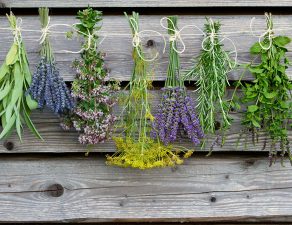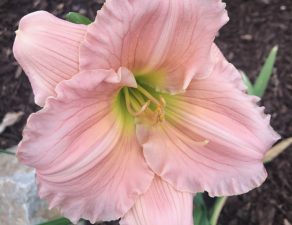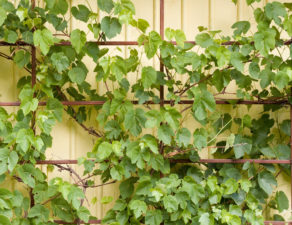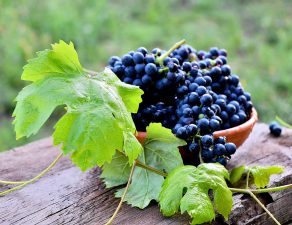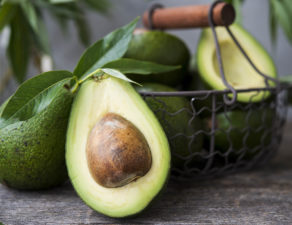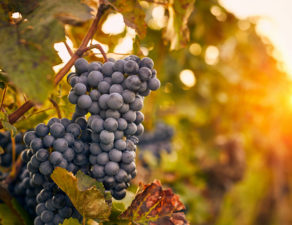
We often hear that the French live healthier lifestyles overall, so you might be interested in how exactly their diets and habits are different from our own. We know that the French incorporate more fresh fruits and vegetables into their diets, and in fact, 23 percent of the produce consumed by the average French person is grown in their own gardens.
Traditionally, this practice is called a potager garden, and the emphasis is on growing plants that can be used in one’s own cooking. These organic kitchen gardens are more concerned with biodiversity than imposing order, and so they tend to help preserve heirloom varieties of fruits and vegetables.
So, not only do the French grow more fresh food right outside their doorsteps; they also enjoy the exercise and fresh air involved in gardening. If you’re curious about starting your own potager garden, just consider the following factors…
Location. Choose a spot in your yard that is readily accessible to the kitchen, if possible. Consider, also, the amount of sunlight the location receives, and the level of competition from nearby shrubbery and other landscape features.
Consider overall design. Informal, country styled gardens don’t necessarily utilize neat rows and wide pathways. Utilize every spare inch of space by choosing a spiral, checkerboard, or wagon wheel design. Then let companion plants, mulch, or volunteer plants fill in the spaces.
Utilize vertical space. Consider trellising plants such as peas, beans, or cucumbers in order to maximize space usage. Fruit trees or berries bushes at the periphery can provide an additional source of nutrition. Of course, consider whether vertical plants will block vital light to others, and place them accordingly.
Research companion plants. Certain plants do well when planted side by side, whereas others will interfere with one another’s growth. Since a potager garden tends to include many different crops in close proximity, you want to ensure that you don’t undermine your own efforts by planting competing plants together.
Plant what you enjoy. Plant your favorite fruit, vegetable, herb, and flower varieties for maximum enjoyment and usage of your potager garden. If you hate tarragon, for example, there’s no reason to include it.
Of course, you should also consider our climate here in Southern California. Research growing zones and learn when to plant different crops for maximum output, and make sure to water everything accordingly.
Contain aggressive species. Some herbs, like mint and tansy, can be aggressively invasive. Such species should be grown in containers so that they don’t take over the rest of your garden.
Experiment and have fun. With gardening, sometimes things don’t always work out exactly as you envisioned. But the wild and eclectic look of potager gardens lends itself well to this risk factor, so just enjoy the experiment and have fun!

